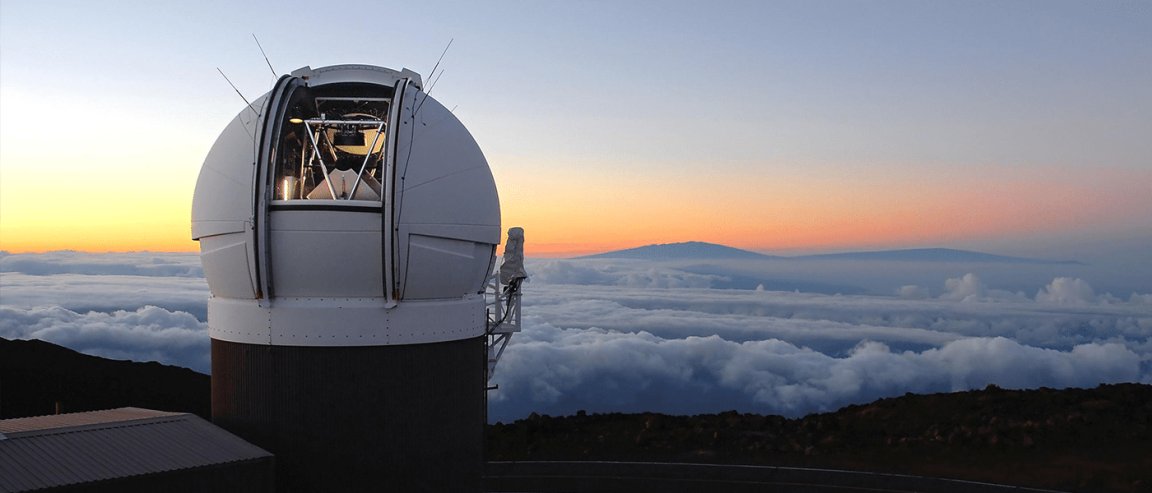
Pan-STARRS project
The Earth is but one among the many celestial bodies floating in space. We know there’s a lot more out there, stars, galaxies, planets, asteroids and we can see some of them in the night sky. Using visible and infrared light the Panoramic Survey Telescope & Rapid Response System observatory (Pan-STARRS) created a digital map, which it released this week. It’s the world’s largest digital survey to date.
Pan-STARRS is a 1.8-meter telescope located at the summit of Haleakalā, on Maui. It’s a consortium composed of astronomers and engineers from 14 institutions from six countries, including the University of Hawaii, and the Max Planck Institutes for Astronomy (MPIA) in Heidelberg and for Extraterrestrial Physics in Garching.

Look to the Stars
Their sky map (or the Pan-STARRS1 survey) data covers 3 billion sources of visible and infrared light, including galaxies, stars, and other objects. The collected data totals 2 petabytes, enough to fill 40 million four-drawer filing cabinets full of single-spaced pages of text. Pan-STARRS collected all the data in a period of four years, where it observed the sky rapidly and repeatedly, scanning it 12 times using five different filters. Pan-STARRS is making all of this data available for the astrophysics community to study.
“The Pan-STARRS1 Surveys allow anyone to access millions of images and use the database and catalogs containing precision measurements of billions of stars and galaxies,” explained Ken Chambers, Director of the Pan-STARRS Observatories. “With this release we anticipate that scientists – as well as students and even casual users – around the world will make many new discoveries about the universe from the wealth of data collected by Pan-STARRS.”
Furthermore, this survey covers Earth’s cosmological neighbors and even astronomical objects farther beyond. “Pan-STARRS has made discoveries from Near Earth Objects and Kuiper Belt Objects in the Solar System to lonely planets between the stars; it has mapped the dust in three dimensions in our galaxy and found new streams of stars; and it has found new kinds of exploding stars and distant quasars in the early universe,” Chambers added.
According to Hans-Walter Rix, director of the Galaxies and Cosmology department of MPIA:
Pan-STARRS1 mapped our home galaxy, the Milky Way, to a level of detail never achieved before. The survey provides, for the first time, a deep and global view of a significant fraction of the Milky Way plane and disk—an area usually avoided by surveys given the complexity of mapping these dense and dusty regions. And Pan-STARRS1 goes far beyond that: its unique combination of imaging depth, area and colors allowed it to discover the majority of the most distant known quasars: these are the earliest examples in our universe that giant black holes had grown at the centers of galaxies.
Such an unprecedented achievement is going to have a long lasting impact on the study of our universe. This data alone will allow astronomers a clearer view of the geometry of the universe than ever before possible. Technology is allowing for the acceleration of space discovery and its continued development will help us answer the deepest mysteries of space.